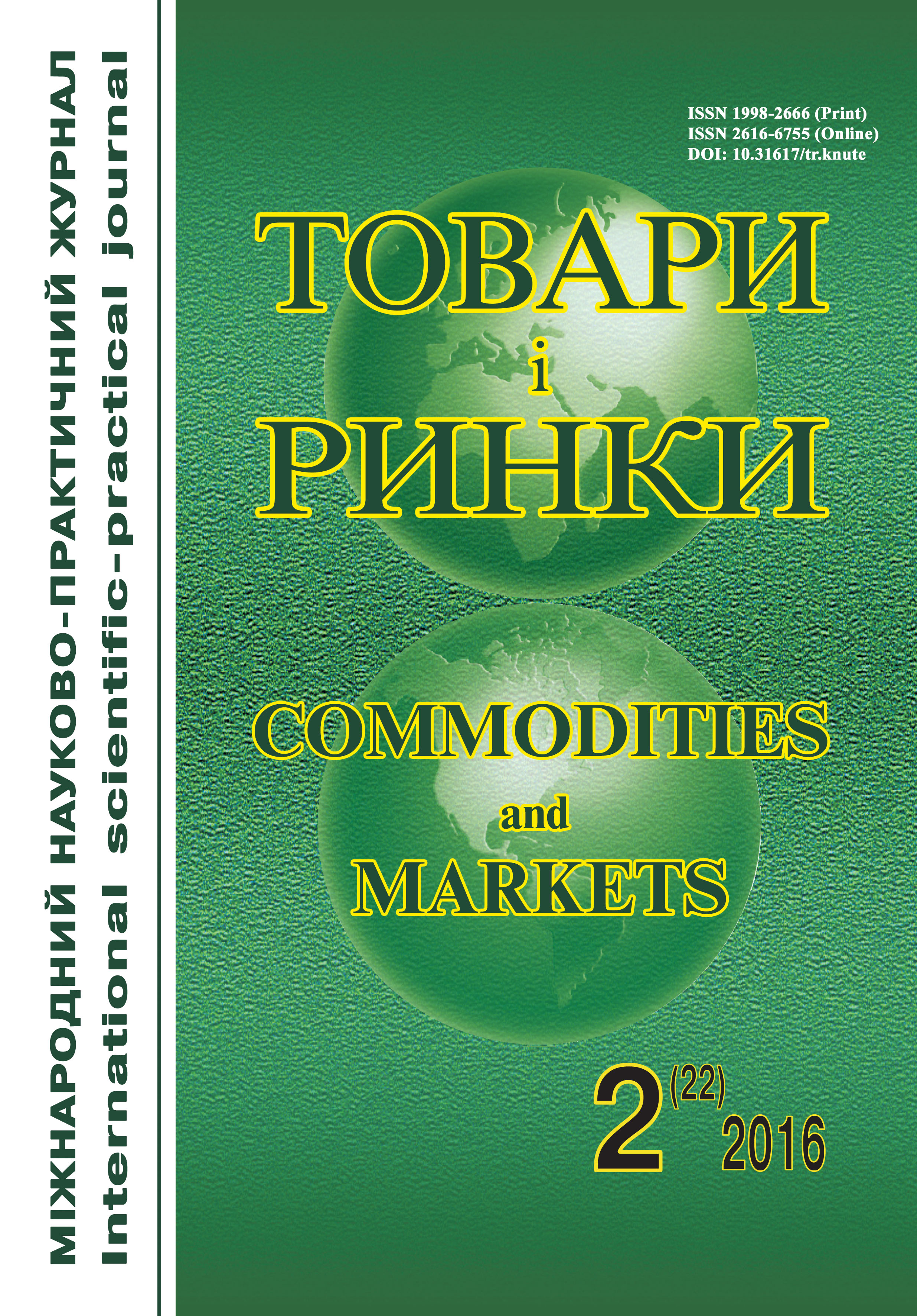Physical and technical properties of porous non-metallic materials saturated with silicone compounds
Keywords:
porous non-metallic materials, silicone compounds, compressive strength, flexural strength, water absorption, wetting contact anglesAbstract
Background. As porous nonmetallic materials (limestone, coquina, tuff, sandstone) are used at all stages of the buildings construction (for walls masonry and interior decoration), they should have high physical and technical properties. It is important to find out ways to improve their physical and technical characteristics. The most cost-effective method is the impregnation of porous materials with chemical compounds of different classes.
Special attention is given to study of physical and technical properties of natural porous materials after impregnating with silicon compounds that are non-toxic and safe.
The aim of research is to study physical and technical properties of porous nonmetallic materials impregnated with silicon compounds.
Material and methods. Samples of porous nonmetallic materials (limestone, coquina, tuff, sandstone) the most common in the commodity market of Ukraine were selected as the object of study.
Compressive strength was determined using a hydraulic press according to the change of the breaking load. Flexural strength was determined on samples freely placed on two support beams, where the load was applied to the middle of the sample. Water and porosity parameters were determined by the kinetics of capillary leakage. The method of determining of wetting and rolling contact angles by means of microscope with refracting prism was used.
Results. Research of physical and technical properties of porous non-metallic materials showed the preference use for treatment of stone with silicon compounds, such as siliconates of alkal metals and hydrolyzat ethylsilicate. Some ambiguity of the influence of different compounds on some physical and technical parameters can be traced in the presence of the relationship between them in the scheme of "structure – impregnating composition – physical and technical properties." This is due to various chemical and mineralogical composition of the materials, the level of closed and open porosity and degree of impregnating of silicon compounds and interactions between investigated substrates.
Minimum relative change of solidity was indentifed for the impregnated tuff characterized by the most open porosity of the material. Repellent surface properties of porous non-metallic materials are characterized with the wetting contact angles at the level 73–103 degrees and rolling angles – 34–83 degrees (for porous carbonate materials). Rolling contact angles of porous silicate materials are within the 42–59 and 23–49 degrees. The maximum value of wetting contact angles are reduced to the level of 96–97 degrees. Water absorption of impregnated material is 1.4–3.4 wt. % (Limestone), 1.6–4.1 wt. % (Coquina), 0.8–2.2 wt. % (Sandstone) 1.9–18.4 wt. % (Tuff).
Conclusion. The use of silicone compounds for impregnating the porous nonmetallic materials improves their physical and technical properties. Such materials are highly resistant to water and moisture, have high flexural and compression strength.
References
Merezhko N. V., Ohmat O. A., Gorbachov A. A. Doslidzhennja vplyvu poverhnevoaktyvnyh rechovyn riznoi' pryrody na vlastyvosti pokryttja. Visnyk KNUTD, 2011. № 6. S. 118—124.
Merezhko N. V. Osoblyvosti modyfikuvannja vapnjaku. Himichna prom-st' Ukrai'ny. 2001. № 4. S. 19—22.
Koval' P. M., Kolesnyk D. Ju., Sychenko V. G., Baglaj A. P. Pidvyshhennja atmosferostijkosti cementobetonnyh materialiv poverhnevoju obrobkoju syloksanovymy kompozycijamy. Novi tehnologii' v budivnyctvi. 2005. № 1 (19). S. 65—68.
Єrshova S. G. Gidrofobnaja zashhita plotnyh cementnyh i keramicheskih materialov rastvorimymi kremnijorganicheskimi soedinenijami. Izv. vuzov. Stroitel'stvo. 2004. № 8. S. 65—70.
Kolesnik D. Ju., Fajnlejb O. M., Sahno V. І. Poverhneva obrobka cementnogo kamenju vіnіlsilіkonatom natrіju. Stroitel'nye materialy i izdelija. 2013. № 1. S. 9—10.
Muhametrahimov R. H., Izotov V. S. Issledovanie vlijanija kremnijorganicheskih soedinenij na svojstva fibrocementnyh plit. Izvestija KGASU. 2011. № 4 (18). S. 254—258.
Demydchuk L. B., Gyvljud M. M., Fedun' B. V. Shljahy pidvyshhennja dovgovichnosti betonnyh konstrukcij gidrofobnymy zahysnymy
okryttjamy. Tovaroznavchyj visnyk. 2012. № 5. S. 51—56.
Baker J. M., Davies H., Majumdar A. J., Nixon P. J. Durability of Building Materials and Components. Proceedings of the Fifth International Conference. New York, 2006. 768 р.
Pashhenko A. A., Sviderskij V. A. Kremnij-organicheskie pokrytija dlja zashhity ot biokorrozii. Kiev : Tehnika, 1988. 136 s.
Pashhenko A. A., Voronkov M. G., Krupa A. A., Sviderskij V. A. Gidrofobnyj vspuchennyj perlit. Kiev : Nauk. dumka, 1977. 204 s.



